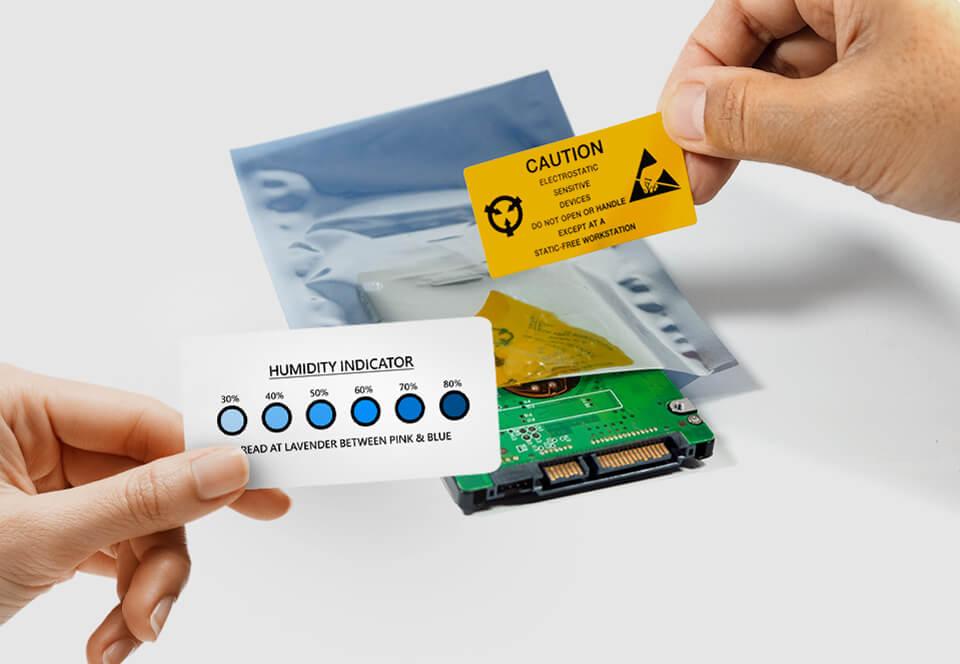In compliance with EU personal data protection laws, we are committed to protecting your personal data.
By clicking "Accept All", you allow us to place cookies to enhance your experience on this site, help us analyze site performance and usage, and enable us to deliver relevant marketing content. You can manage your cookie settings below. By clicking "Accept All" you agree to the current settings.
Quality Policy
Aim at providing zero risk deliverables, all activities including applications, design, delivery, production and service are taken to ensure continue improvement is conducted in full scale by all staff; hence to achieve the business continuity and customer reliance.
Hazardous Substance Free (HSF) Policy
Based on our belief in the importance of protecting the earth for the benefit of future generations and our corporate responsibility to jointly maintain the overall ecological environment, we have taken on the mission of contributing to society by promoting environmental management activities in a prudent and proactive manner.
To comply with the objective as a dedicated green global citizen, hereby we commit:

Regulations Requirements
To become the best green product partner based upon the most rigid rules/regulations and customer requirements.

Resources and Education
Construct management unit and invest needed resource to promote environmental education and enhance overall awareness of environmental protection and objectives to all employees and supply chain partners.

Design Green Products
Design green products and strictly focus on non-hazardous materials and production processes.

Sustainability
Continue improving quality level through various activities to achieve sustainable development.
Regulatory Compliance and Green Supply Chain
We comply with international and domestic laws and regulations such as EU RoHS 2.0 [Restriction of Hazardous Substances in Electrical and Electronic Equipment Directive (EU) 2015/863], EU WEEE [Waste Electrical and Electronic Equipment Directive (2012/19/EU)], EU REACH [Registration, Evaluation, Authorization and Restriction of Chemical substances Directive (EC) No. 1907/2006], EU ELV [End-of-Life Vehicle Directive (2005/24/EC)] and so on. Meet green product specifications of customers including but not limited to Halogen-Free requirements. The most stringent requirements are formulated into the TXC SPEC HSM001 "Environmental Regulated Substances Procedure" as a guideline.
In addition to obtaining the IECQ QC 080000 Hazardous Substance Process Management System certification and maintaining the validity of the certificate, we also continue to be certified as a Green Partner by SONY.
To ensure that our products comply with the Hazardous Substances Free Policy and Objective, we use green procurement as the basis for providing green products. Through promotion, training and communication, we require suppliers to provide products that comply with TXC HSM001 "Environmental Regulated Substances Procedure". We also encourage suppliers to implement the IECQ QC 080000 Hazardous Substance Process Management System in addition to the basic ISO 9001 quality system in order to implement the green supply chain.
Exemptions
SMD Glass Crystal:
7Y, 7V(AV,HV), 7U(A3), AX, A2, 7A(AA,HA), 7R(AR) series.
The following exemptions apply to the use of leaded glass as a top and bottom ceramic material for packaging.
RoHS 7(c)-I Electrical and electronic components containing lead in a glass or ceramic other than dielectric ceramic in capacitors, e.g. piezoelectronic devices, or in a glass or ceramic matrix compound.
ELV 10(a) Electrical and electronic components which contain lead in a glass or ceramic, in a glass or ceramic matrix compound, in a glass-ceramic material, or in a glass-ceramic matrix compound.
Products ICP report

Humidity Sensitivity Level and Anti-static capability
We evaluate the humidity sensitivity level of each product series according to the method defined in IPC/JEDEC J-STD-020, so that the products can be packaged, stored and handled appropriately according to the corresponding level.
We test the anti-static capability of each product series according to the methods defined in ANSI/ESDA/JEDEC JS-001 & JS-002 standards to provide the basis for judgement of the degree of static protection.

